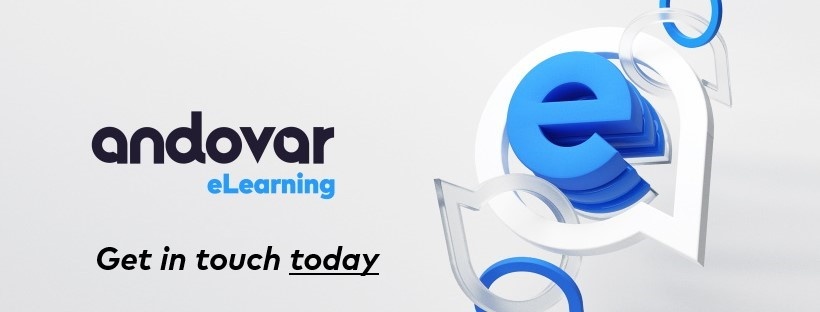People who use only mobile technologies now outnumber those who only use desktop computers, and estimates are that by 2025 more than 72 percent of the world will access the Internet only on their smartphones. eLearning is growing in popularity, and mobile learning, as a subset of eLearning, is growing as people learn on the go. In fact, mobile learning is expected to be a $55 billion industry by 2026. Mobile learning also is efficient; those who undertake coursework on smartphones complete it 45 percent faster than those who use desktop computers.
Because of its popularity and efficiency, mobile learning is now one of the top business development goals of many businesses. Making a course mobile-friendly, however, involves more than just adapting a desktop course. Mobile devices have some specific strengths and challenges. Successful mobile eLearning course design keeps these in mind. Here are some tips for designing mobile courses.
Consider the Device
Mobile devices are used in all sorts of conditions. Internet connections might be slower, and screens are typically smaller than those of laptop or desktop computers. Mobile phones have different operating systems, and not all users will be equally technically savvy. Be sure to consider these factors in your design.
Eliminate Clutter
Mobile users are especially time-sensitive, and a cluttered design requires more time for users to sift through. So that learners remain engaged, keep designs simple and concise. For example:
- Use white space as necessary for readability.
- Avoid graphics that will require a lot of scrolling.
- Use a menu icon with a drop-down list rather than traditional menus.
- Be wary of custom fonts; they may not work on all devices.
- Use bullet points instead of long sentences
- Concentrate on simple graphics. Make them relevant and attention-grabbing, and don't allow them to take up too much screen space.
- Carefully consider images; what looks great on the desktop might really clutter a mobile screen.
Optimize Multimedia
Remember that images and video will require more time to download using a wireless connection than they will with an Ethernet connection. This means that for mobile learning, you'll choose videos, animations, and other multimedia that can load quickly, even in low-bandwidth situations. Beware of flash, which doesn't work on all devices.
Although audio often adds personality and fun to courses, mobile device learners may not always have headphones handy and be in environments where listening to audio without them doesn't work. Consider making videos where sound is optional.
Put Content into Digestible Bits
Because mobile learning happens anywhere and often amid distractions, mobile learners tend to have smaller blocks of time. Here are some ways to adapt to those short blocks.
- Break complex content into short, easily digestible bits. For example, if you have a 20-minute course, consider breaking it into four 5-minute courses.
- Have only one learning objective per mobile course.
- Provide links to supplement a concept when required. The user can return to these later when they have more time.
Write Engaging Content
Engaging content is a key to effective eLearning on any device, but even more so with mobile users who are dealing with many other external forces. Include activities and other forms of content that will interest users.
Make It Finger-Friendly
Mobile device users use their index fingers or thumbs rather than a mouse. Mobile courses should be designed to be easy to navigate using just those digits. Buttons should be large enough so that they can be touched easily. Every activity should be doable with one hand.
Invest in a Responsive Authoring Design Tool
Responsive design authoring tools enable you to create a layout that adjusts based on the size of the screen. This ensures that learners using their mobile phones can have the same elearning experience as those who are completing the course on a PC or desktop computer. It also eliminates the need to create multiple versions of the course.
Consider an option to support downloadable content, which allows the users to view the data offline later.
Try It Out First
Before releasing a mobile learning course, test it on different types of devices. Be attentive to clutter and remove anything that seems to detract from the ease of use. Ask other members of the team or a focus group to test the course to see how it works for them. Fine-tune the course based on their feedback.
Watch Your Language
Mobile courses engage learners best if they are written in the local language, with culturally relevant animation, video, photos, and text. Making a course originally written for a U.S. audience relevant in China requires localization. Localization includes translation but goes beyond that to ensure the course material makes sense within that specific culture.
Andovar provides turnkey eLearning translation and localization solutions regardless of format. We can do multilingual dubbing and subtitling for audio and utilize regional resources to adapt materials for use anywhere. With offices situated around the world, we’ve developed a hybrid offshore production model that delivers top quality at highly competitive prices. Fill out our online contact form, and one of our experts will contact you to explain how we can help you obtain the most out of the mobile eLearning revolution.












